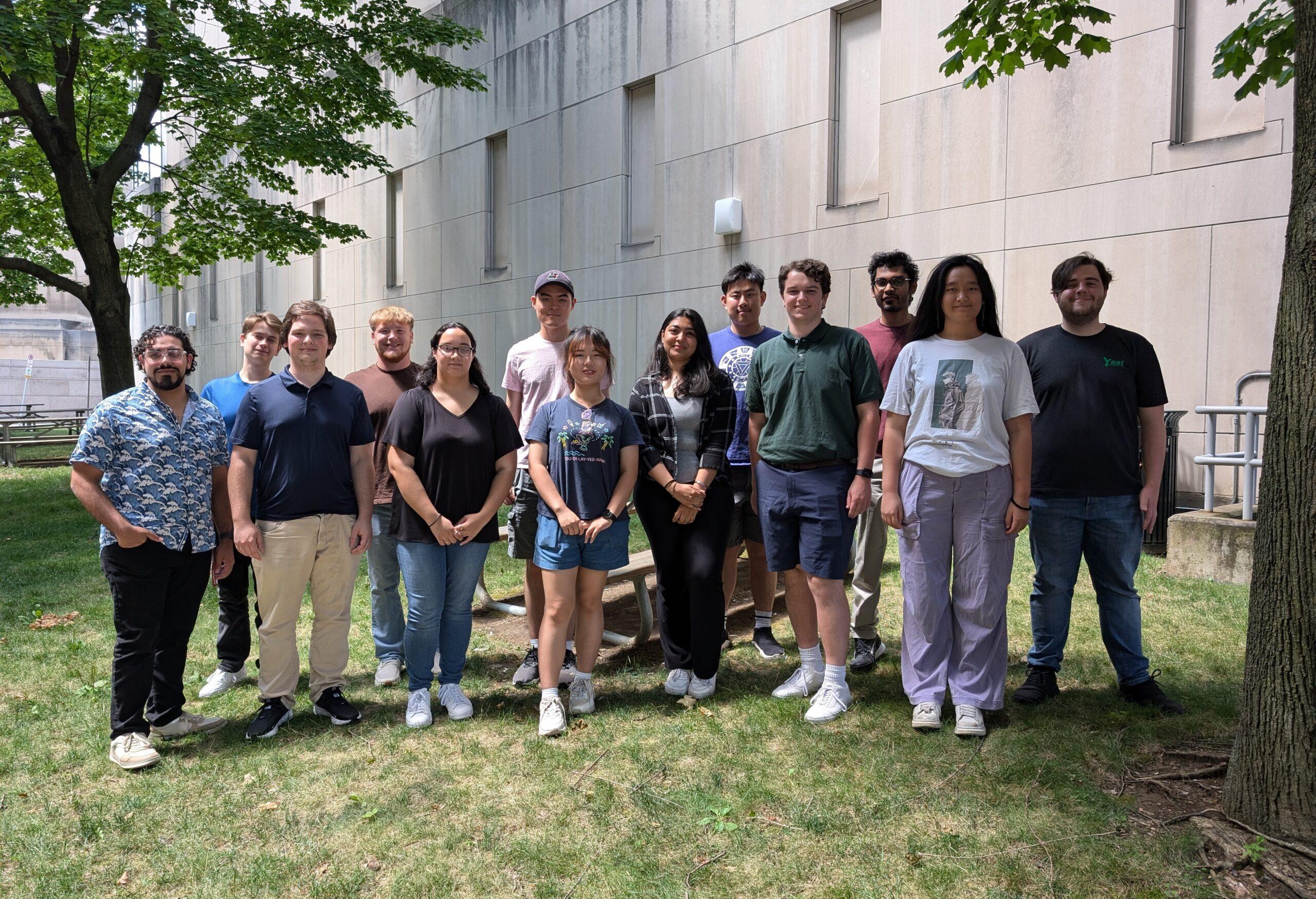Monte Carlo Methods for Simulating Microphysiology, Internship with PSC’s Biomedical Team
Abstract: Computational modeling is becoming very important in different fields of science. The ability to use modeling and simulation is a core competency that many undergraduate students need to develop. New technology and computational approaches permit modeling of increasingly complicated biological systems. For example, the cell modeling software MCell uses Monte Carlo algorithms to track the evolution of biochemical events in space and time for individual molecules. Details about molecular structures are ignored. Particles move according to a 3D Brownian-dynamics random walk and encounter boundaries and surface molecules as they diffuse which may result in chemical reactions governed by user specified mechanisms. As a case study we use MCell software to provide insight into many experimentally inaccessible aspects of synaptic function and the microscopic mechanisms underlying Ca2+ triggered synaptic vesicle release. The stochastic computational modeling using MCell can also be used to model and evaluate a novel treatment for Lambert-Eaton Myasthenic Syndrome (LEMS), a neuromuscular disease that is characterized by motor nerve terminal weakness. This neurological disease is known to disrupt the normally well-organized active zone (AZ) and reduce the number of presynaptic calcium channels. This autoantibody mediated reduction of presynaptic calcium channels leads to severe muscle weakness.
Learning Focus: Students will learn the basics of CellBlender and MCell. The mouse MCell models of neuromuscular junction, and synaptic vesicle release mechanism. In collaboration with Dr. Steve Meriney (Neuroscience Dept., University of Pittsburgh) and Dr. Robert E Poage (Professor Of Biology at University of North Carolina at Pembroke) they will study the effects of varying the spatial distribution of the voltage-gated Ca2+ channels (VGCCs), stochastic Ca2+ influx, diffusion, and binding on synaptic function. The students will learn how to use supercomputers and how to analyze and interpret the output of simulations. Finally, we will work on the molecular issues underlying the neuromuscular diseases and age-induced loss of muscle strength. The students will use a previously validated MCell computer simulation model of mammalian neuromuscular junction (NMJ) active zones (AZs) to alter VGCC density and distribution, number of vesicles, and other parameters, and determine if these changes in the AZ, can predict synaptic function measured by our collaborators.



